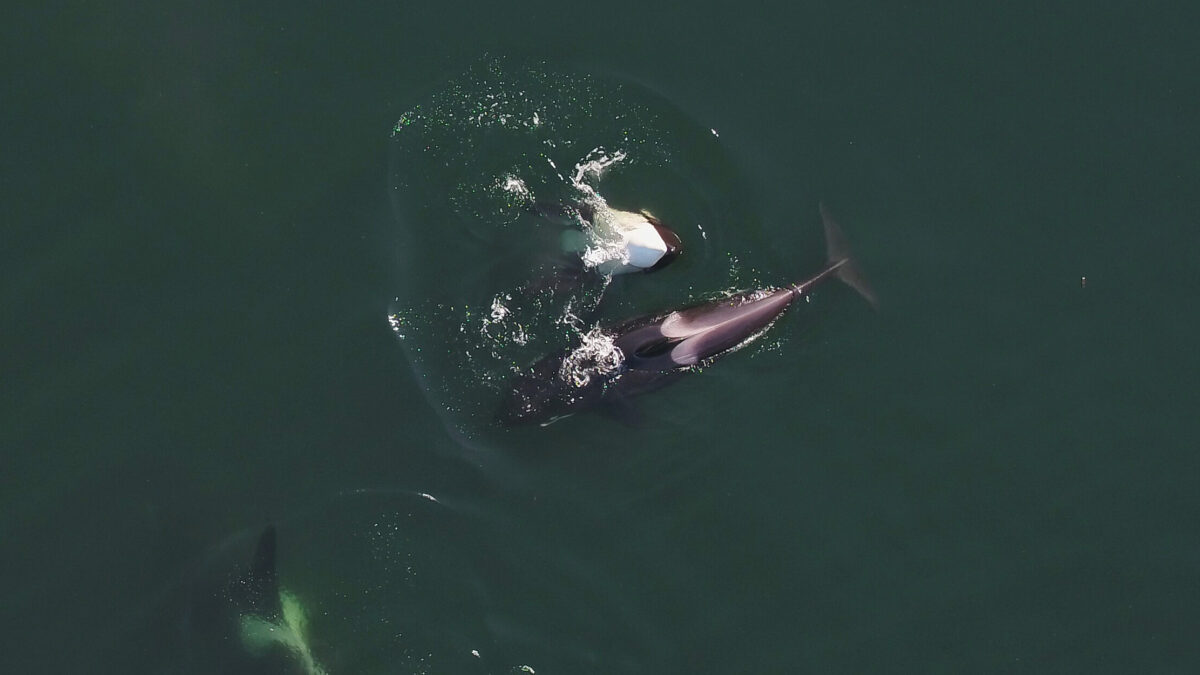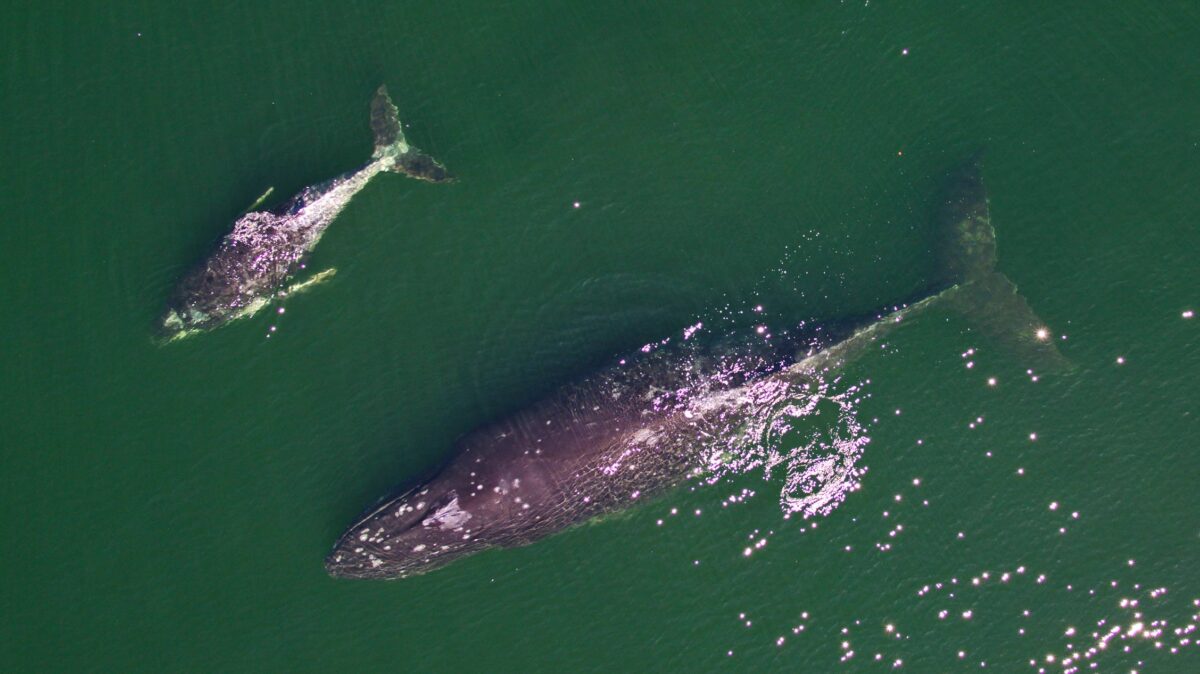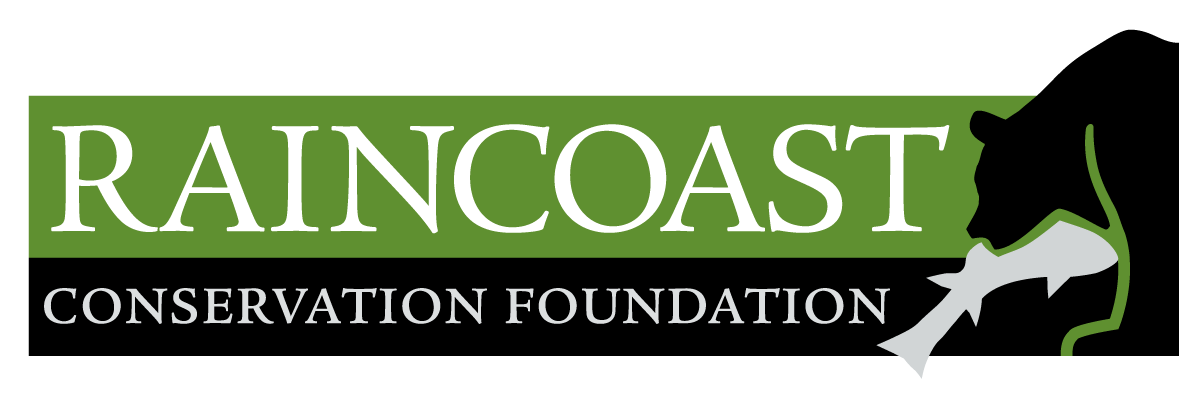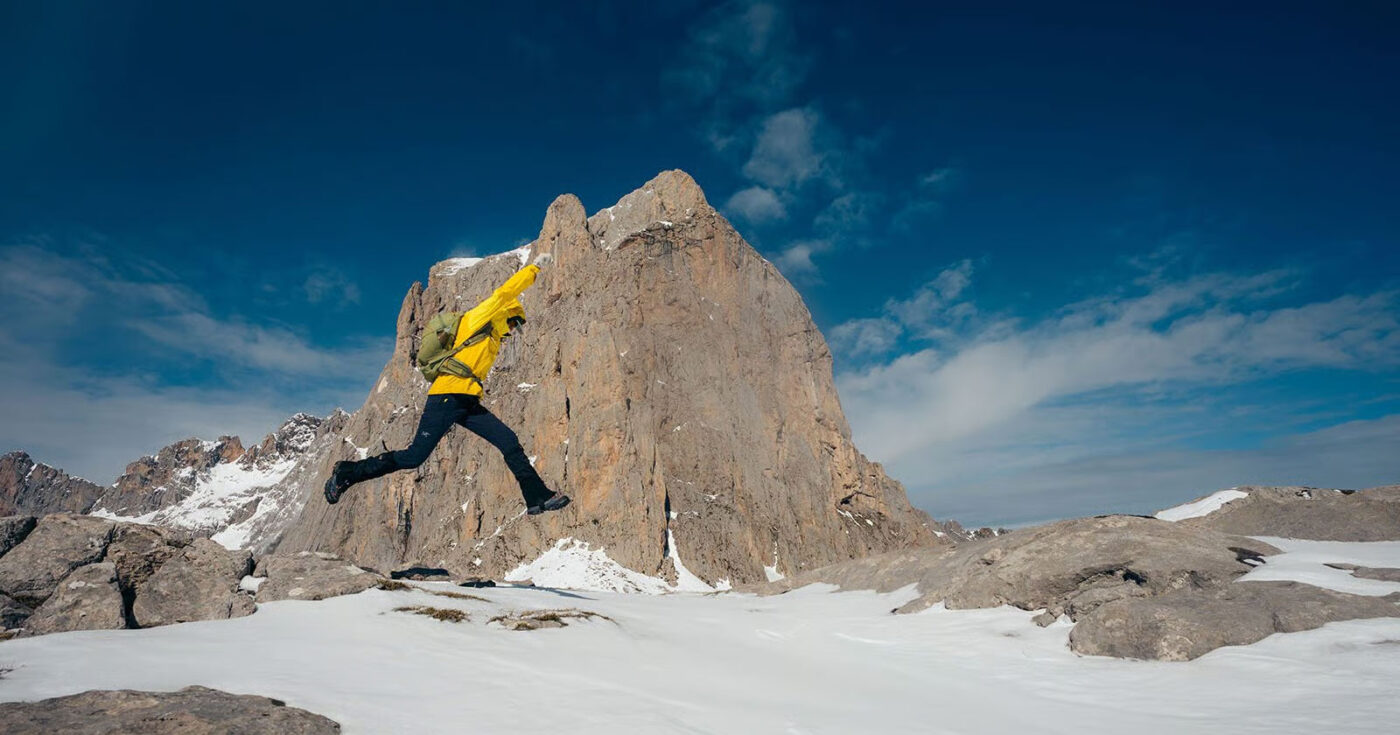Cetacean Health: using imagery to understand the health of killer whales
Photo by Lance Barrett-Lennard / Ocean Wise.
Our annual monitoring program, in collaboration with OceanWise Research, assesses the health of whales. Every year we take aerial photos of individually identified resident killer whales with small, minimally invasive drones, and use photogrammetry to accurately measure the whales’ body condition and growth rates, and determine whether they are pregnant. Our measurements provide a direct indication of the whales’ nutritional status and allow us to draw reliable inferences about their overall health. The value of this research is that it allows us to assess the impact of salmon abundance–which is strongly influenced by human fisheries–on the whale’s reproduction and survival.


Applied research
Findings from the photogrammetry research thus far helped motivate increased restrictions on sport and commercial fisheries in Canada, as well as the creation of sanctuary zones where the whales can forage without disturbance by boats. It also provided valuable insights into Chinook stocks of greatest importance to Southern Residents—an analysis we plan to begin shortly with Northern Residents. The time series of body condition measurements on both populations becomes more valuable with each passing year.
Project history
In 2014, Lance Barrett-Lennard worked with Washington-based research colleagues, Drs. John Durban and Holly Fearnbach, to develop a photogrammetry-based method of assessing the body condition of killer whales using aerial photographs from minimally invasive, boat launched drones. The study was a key recommendation of a US/Canadian panel attempting to assess the impact of salmon fisheries on Southern Resident killer whales.
The project grew into an annual monitoring program, monitoring Northern and Southern Resident killer whales and Bigg’s killer whales opportunistically. Comparing the two populations, one in perilous condition and the other recovering, has helped make it possible and practical to determine when killer whales are nutritionally stressed, and to assess the impacts of such stress on survival and reproduction.

Recent articles
Packs built for adventures!
Three styles, three options to support Raincoast.
Episode 15: Drones, science communication, and changing roles with Auston Chhor
Spoiler alert: fish don’t like being out of water.
Bid, win, win again: our online auction is live!
You don’t have to be going to the Ocean Science…
A conversation with Clint Wright, VP and Executive Director of the Vancouver Aquarium
Just over two weeks remain until Raincoast hosts the annual…
Episode 14: The journey upstream as a student with Arielle Koenig, Pacific Salmon Ecology and Conservation Lab
Questions and answers from a current master’s student, research and…
Engaging the next generation of land healing stewards
Immersed in the ecosystems of the Salish Sea, youth from…
Episode 13: Careers in conservation with Jason Hwang, Pacific Salmon Foundation
How to navigate the waters of the environmental job market.
Shared Waters of the Salish Sea
The films and panel at the Vic Theatre in mid…








